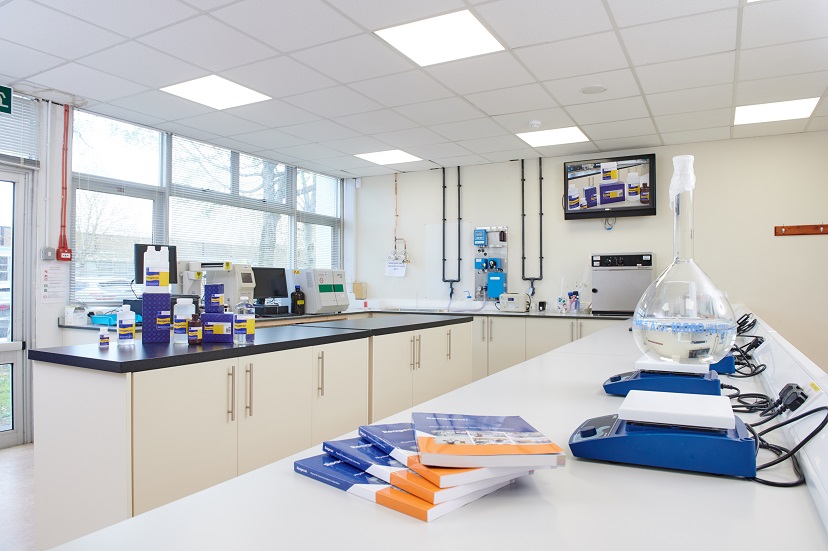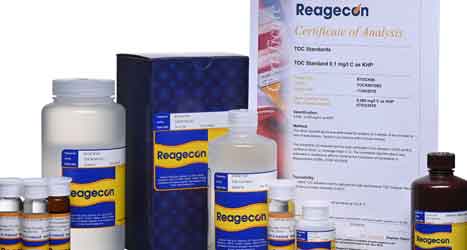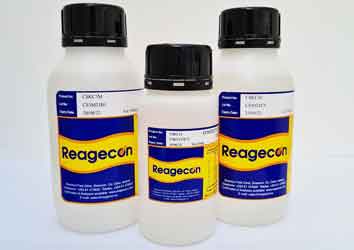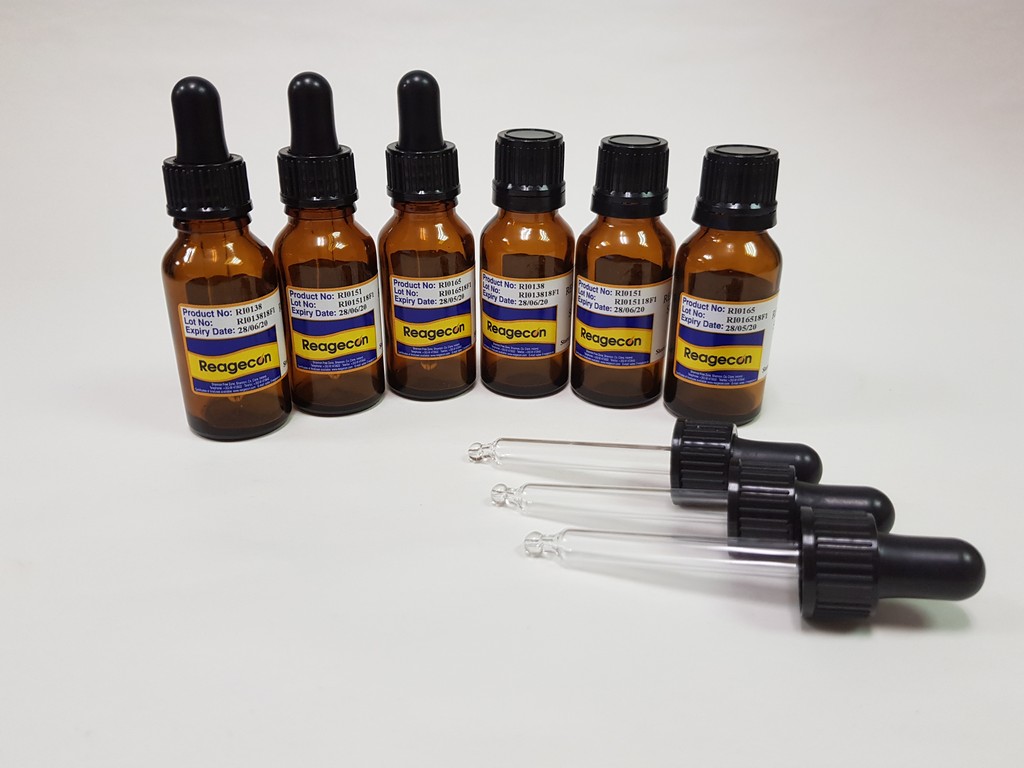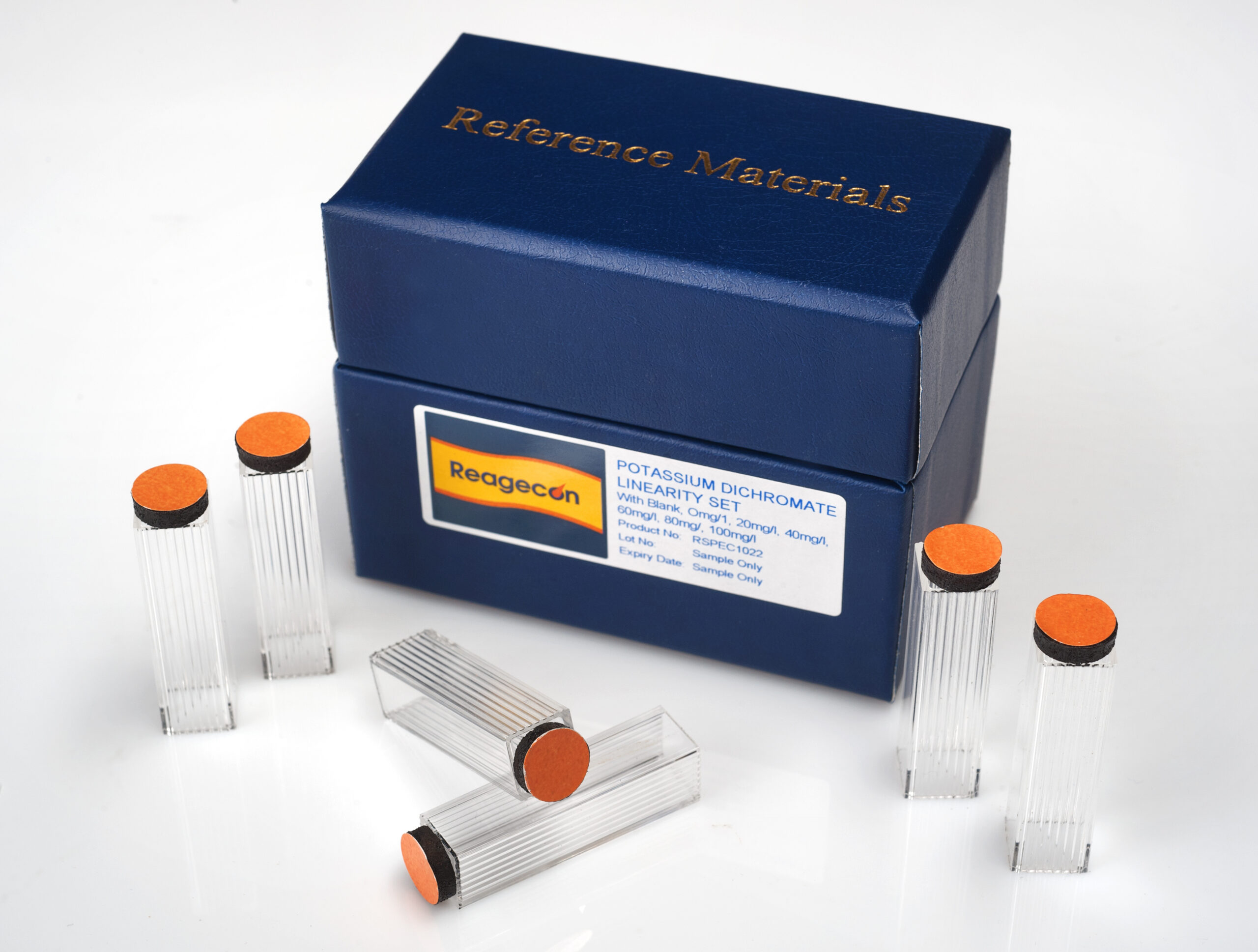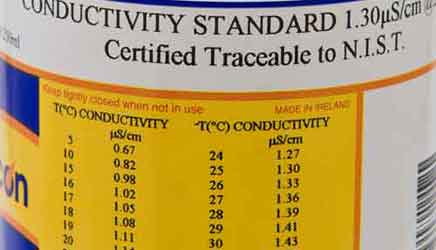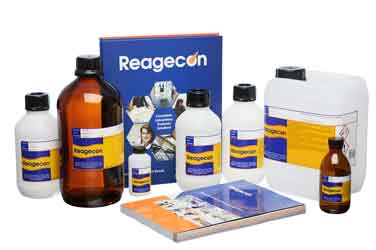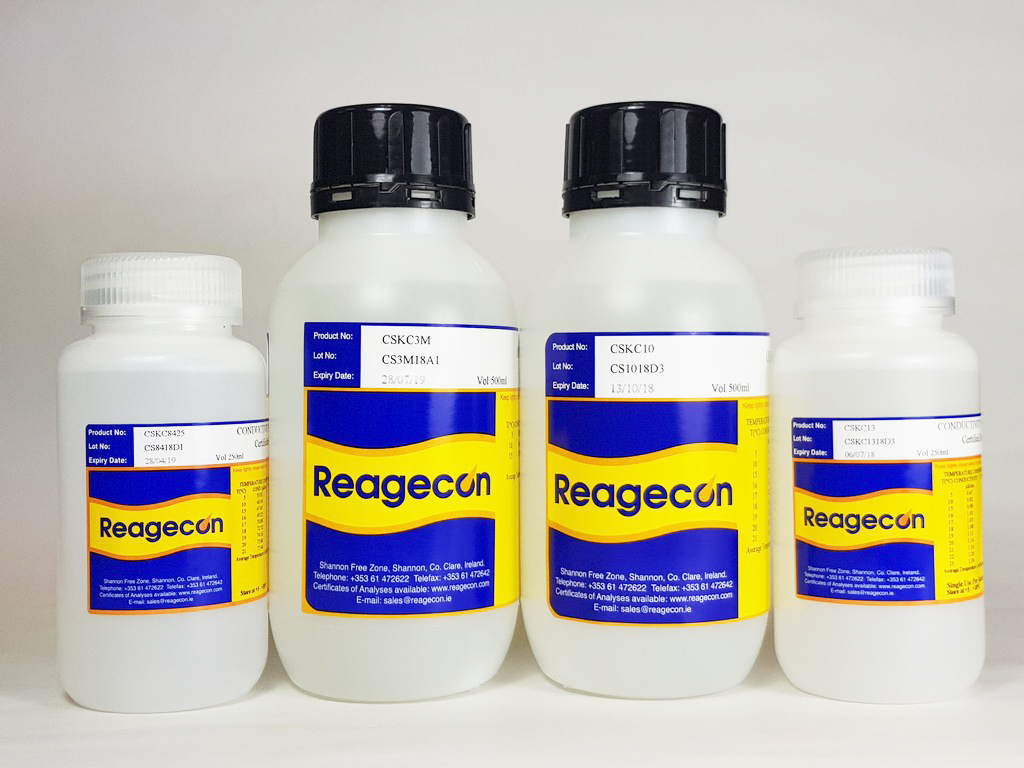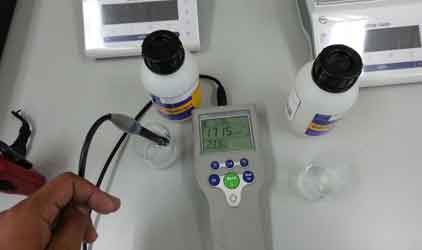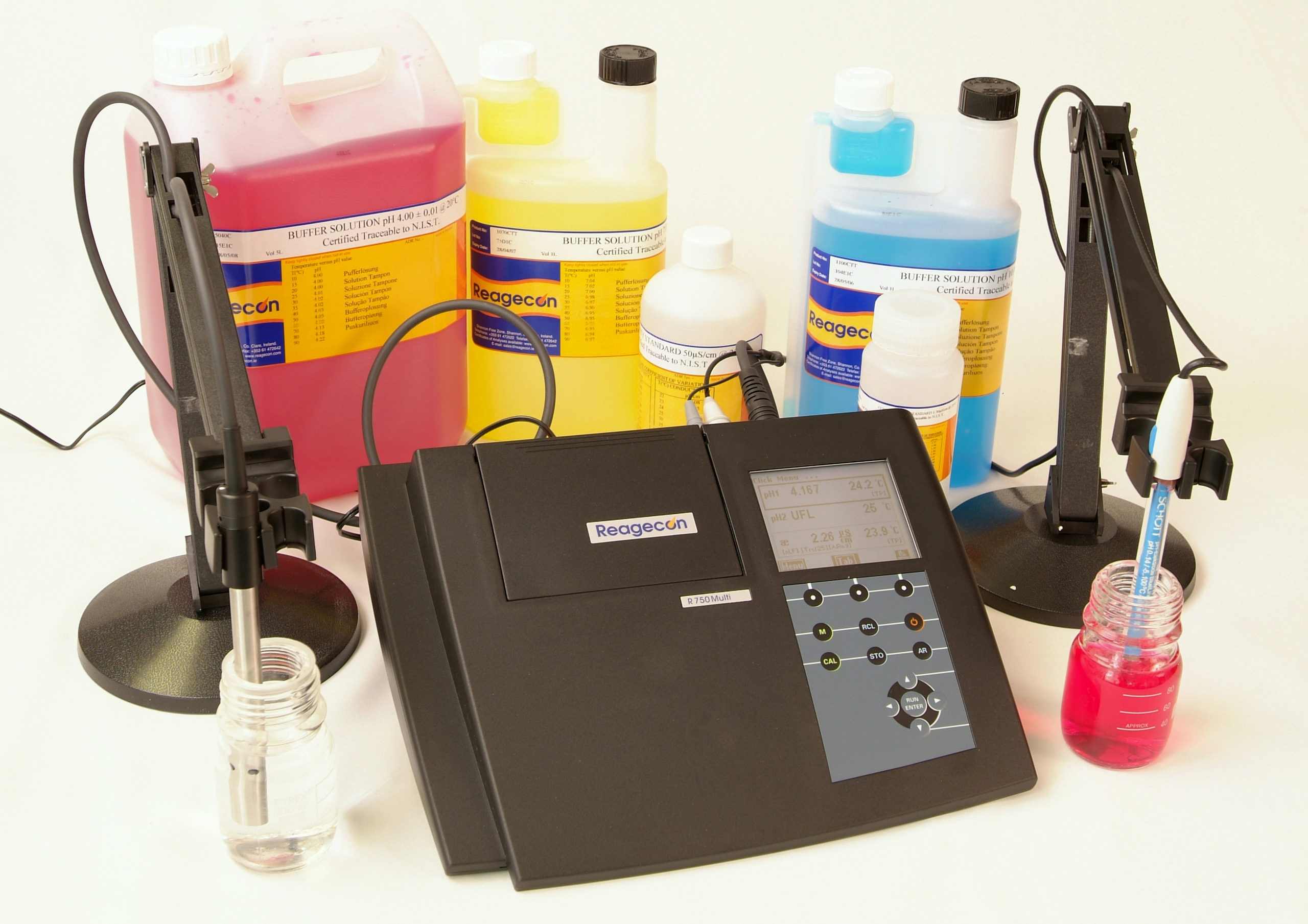Technical Papers
This page includes an archive of technical papers written by Reagecon. These papers can be viewed on the site or downloaded. If any information is used from these papers in other articles, attribution and a link back to the original article on this site is required.
Phthalate Standards – Relevance and Application
Because of their extensive use in plastics, phthalates of various types are now ubiquitously present in the environment. The fact that they can migrate into foodstuffs, can bioaccumulate, are toxic and poorly degradable means that they are of concern from a health and safety perspective. To protect consumers, many methods have been developed to qualitatively and quantitatively detect and measure phthalates, with chromatography being the method of choice. Irrespective of the method used, there is a requirement for high quality, well characterised phthalate standards. Reagecon offers a significant range of such standards which can be used for calibration, verification, quality control and method validation of chromatographic equipment.
Practical Considerations for Sampling
Poor sampling has a profound negative effect on the quality of an analytical result. Incorrect choice of sampling equipment, containers, storage and transport all have a deleterious effect on the sample integrity and thus affect the final result. Sampling errors can...
Quality Assurance and Accreditation in the Analytical Laboratory
Introduction The value of the chemical measurement depends upon the degree of confidence that can be placed on the results. Increasingly, quality assurance principles are being applied. These do not actually guarantee the quality of the data produced, but increases...
Quality Control – Materials and Methods
Introduction ‘Quality control’ and ‘quality assurance’ are terms whose meanings are often confused. Quality assurance relates to the overall measures taken by the laboratory to ensure and regulate quality, whereas quality control describes the individual measures...
Reagecon Conductivity Standards – Context, Justification, Features and Benefits
Abstract Over the last 140 years several groups of researchers have carried out highly significant work on the development and enhancement of conductivity standards. Most of this work has been applied to either primary standards or secondary standards that lack...
Refractive Index (RI) and Brix Standards – Theory and Application
The measurement of Refractive Index (RI) is an important parameter in a whole range of industries. There are several makes and models of refractometers available on the market, that vary in cost and complexity. The instruments fulfil to a varying degree, fitness for...
Spectrophotometry Standards
A spectrophotometer, as an analytical tool is used in almost every type of chemical, biological or life science laboratory. The instrument may range in complexity from a simple single beam instrument, right through to dual beam or complex and sometimes highly...
Stable Low Level Conductivity Standards
Abstract Many scientists are concerned about the virtual non-existence of low-level conductivity standards. Where such standards have been reported, independent studies have shown them to be unstable, nonmatrix compatible or not reaching the low conductivity levels...
Standards – A Reagecon Guide
Introduction One of the key factors affecting laboratories’ capabilities to produce reliable test data is the availability of standard materials with property values that can be relied upon by their users. The quality of a result is dependent on the quality of...
The Application of Good Laboratory Practice in the Selection and Use of Accurate, Traceable Conductivity Standards
All analytical measurements, including conductivity measurements, must be of suitable accuracy and must be proven correct if they are to be fit for purpose. This paper, The Application of Good Laboratory Practice in the Selection and Use of Accurate, Traceable...
The Effect of Temperature on Conductivity Measurement
Abstract The conductivity of all solutions changes as the solutions’ temperature changes. It is a fundamental, practical requirement in the field of conductivity measurement that test measurements taken at different temperatures can be compared. This comparison can be...
The Effects of Temperature on pH Measurement
Some of the effects of temperature on pH measurement have been described or alluded to in both instrument manufacturers instructions and independent scientific literature. Some of these have been presented in a very theoretical manner and thus have been of limited practical value, others have been described adequately from a practical perspective. However a comprehensive classification of the principal effects of temperature on pH with practical remedial actions to correct, reduce or eliminate these errors has never previously been reported. This paper presents for the first time a clear classification of the practical effects of temperature on pH. It provides a definite set of guidelines on how the different errors can be reduced or eliminated thus giving the user greater confidence in the result of their pH measurements.

